1. The Ancient Egyptians Believed You Had to Pass a Literal Heart Test
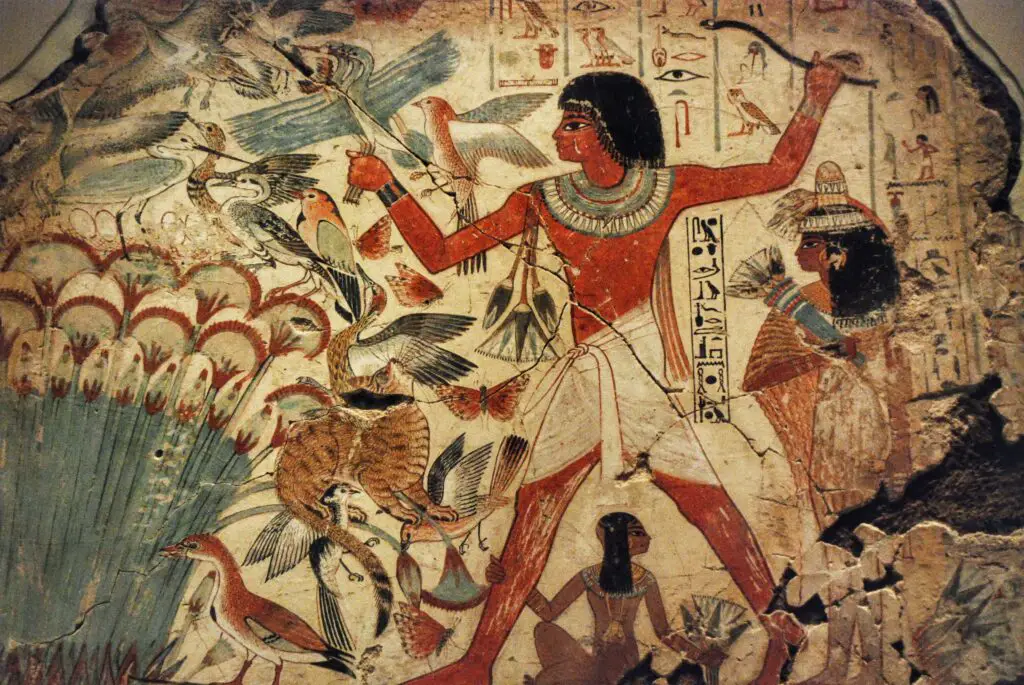
The Ancient Egyptians took the afterlife very seriously, and they believed your heart held the key to your fate. When you died, the god Anubis would lead you to a grand cosmic scale where your heart was weighed against the feather of Ma’at, the goddess of truth. If your heart was light—meaning you lived a good and honest life—you got to enter the beautiful Field of Reeds, a paradise mirroring Egypt. But if your heart was heavy with sin, things took a much darker turn shares MSN.
Instead of eternal bliss, your heart was devoured by Ammit, a terrifying creature with the head of a crocodile, the front legs of a lion, and the back of a hippo. With your heart gone, your soul was erased from existence—no second chances, no reincarnation, just complete annihilation. This belief wasn’t just a bedtime story; it shaped how people lived their daily lives, ensuring they followed strict moral codes. Compared to this, modern ideas of a simple judgment day seem almost easygoing adds PBS.
2. The Norse Thought You Might Have to Battle for Eternity
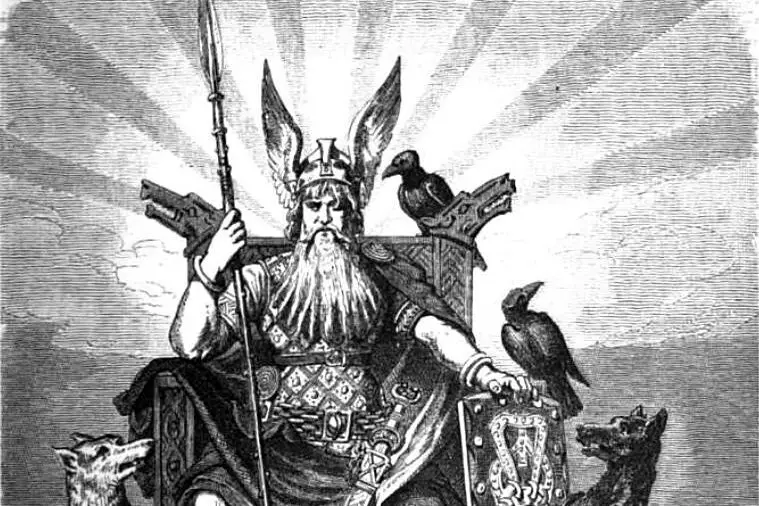
Viking warriors didn’t just dream of a peaceful afterlife—they longed for endless war. If you died bravely in battle, the Valkyries would whisk you away to Valhalla, Odin’s great hall, where you’d spend eternity feasting, drinking, and fighting. Every day, warriors would clash in brutal combat, dying over and over, only to be resurrected in the evening to celebrate with unlimited mead and roasted boar. To them, this was the ultimate honor and reward explains Snopes.
But if you died of sickness or old age, you were out of luck. Instead of Valhalla, you’d end up in Hel, a cold and dreary realm ruled by the goddess of the same name. There were no grand feasts, no epic battles—just an eternity of bleak existence. While some modern afterlife beliefs focus on peace or punishment, the Vikings were all about action, making the idea of simply resting in heaven seem downright boring.
3. The Aztecs Believed Your Death Determined Your Afterlife
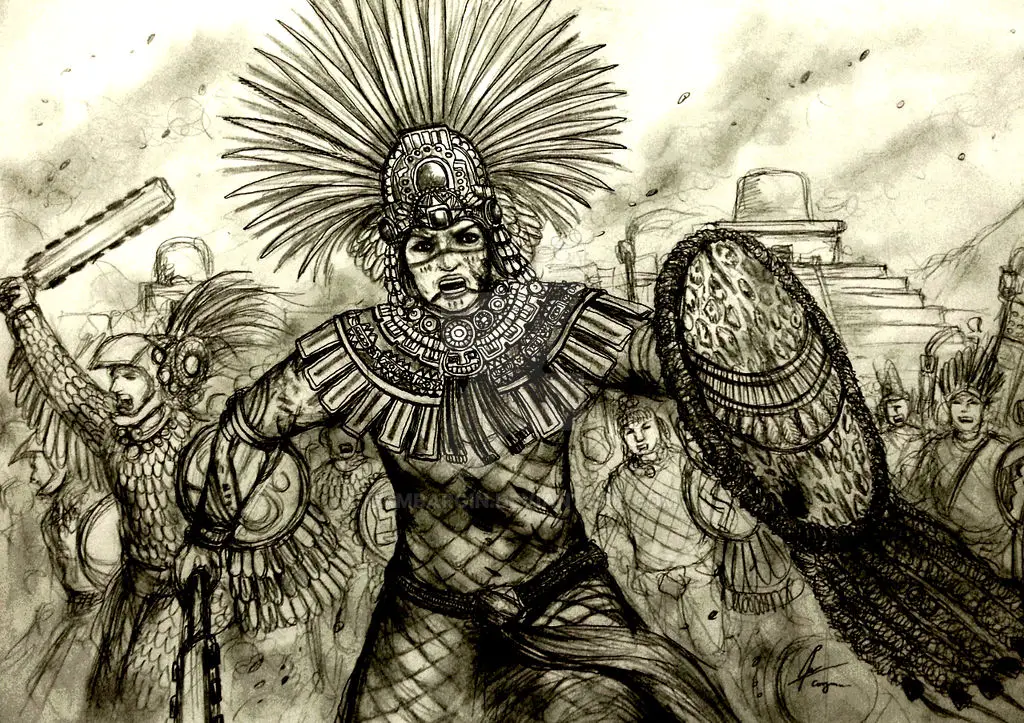
For the Aztecs, it wasn’t how you lived but how you died that decided your afterlife. Those who perished in battle, during childbirth, or as a sacrifice were rewarded with the best fates. Warriors got to join the sun god Tonatiuh, traveling across the sky and eventually reincarnating as hummingbirds. Women who died in childbirth earned a special place among celestial spirits, honored as fierce warriors in their own right shares the New York Post.
On the other hand, if you simply died of natural causes, your journey to the afterlife was much more grueling. Your soul had to travel through Mictlan, a harsh underworld filled with rivers of blood, jaguars, and fierce winds. It took four years to navigate these trials before you could finally rest. The idea that a peaceful, quiet death led to the hardest afterlife is pretty much the opposite of most modern beliefs.
4. The Zoroastrians Believed in a Bridge Over a Pit of Fire
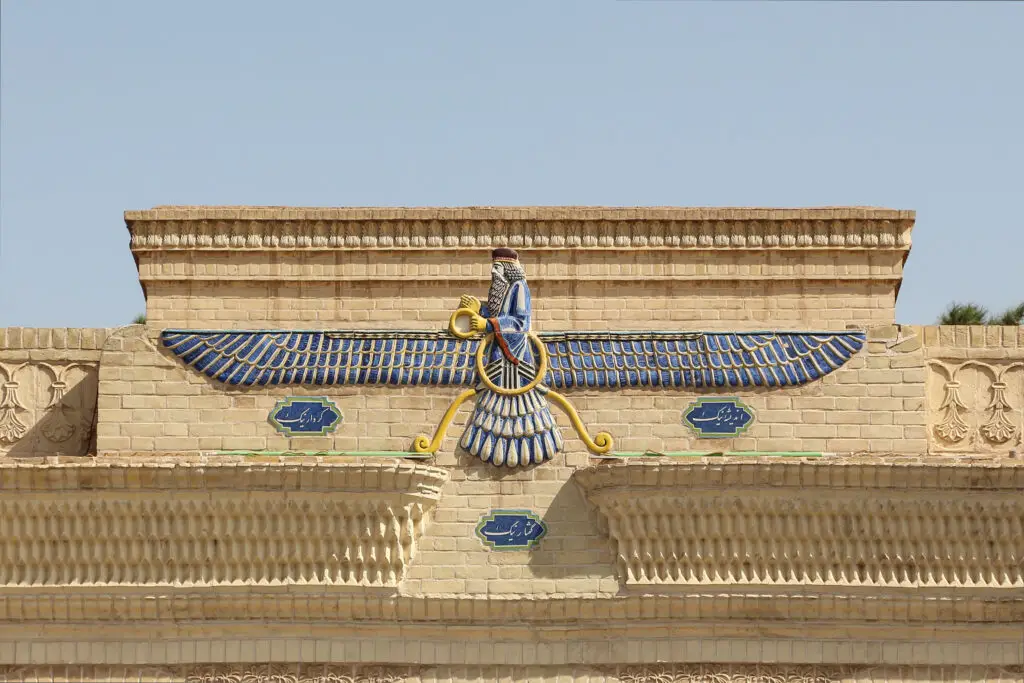
Zoroastrianism, one of the world’s oldest religions, has a truly nerve-wracking take on the afterlife. When you die, your soul arrives at the Chinvat Bridge, a narrow crossing over a vast pit of fire. If you lived a righteous life, the bridge widens into a safe path, and a beautiful maiden—your spirit double—guides you to paradise. But if you were wicked, the bridge turns razor-thin, and you tumble straight into the fiery abyss.
The punishment doesn’t stop there. Instead of just burning, you’re stuck in a realm of torment where demons constantly harass you. This suffering lasts until the end of time, when all souls will be purified in a river of molten metal. Compared to this, the idea of a simple judgment leading to heaven or hell feels pretty mild.
5. Tibetan Buddhism Describes a Wild 49-Day Journey
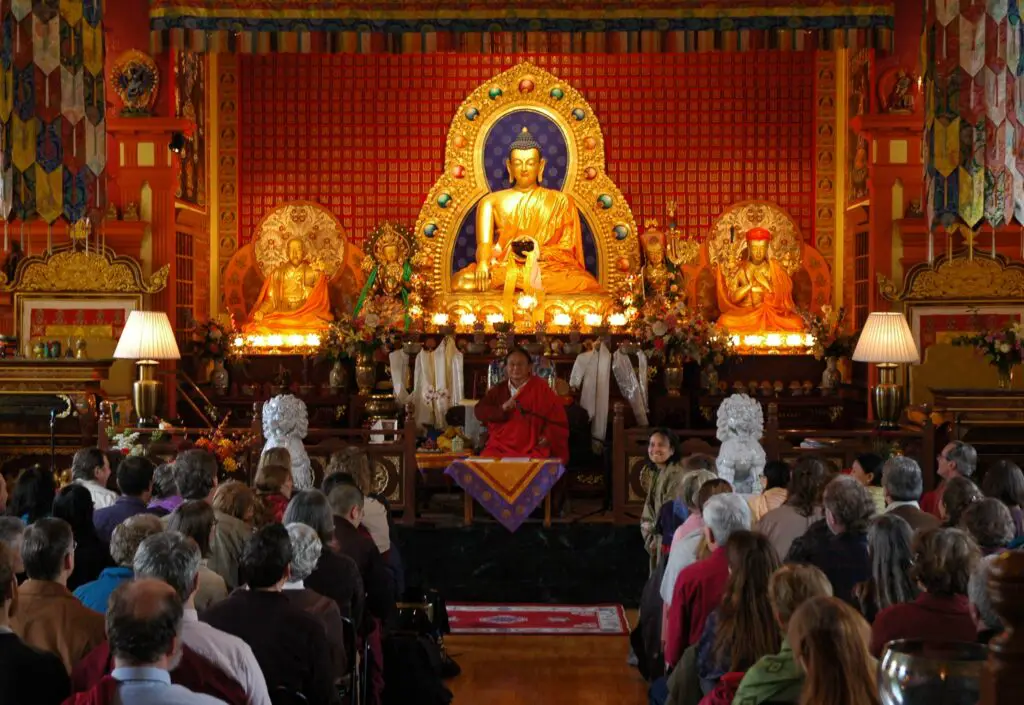
According to Tibetan Buddhism, the afterlife isn’t a simple ticket to paradise or punishment—it’s a chaotic in-between state called the Bardo. For 49 days, your soul wanders through a dreamlike world filled with both peaceful and terrifying visions. Benevolent deities may appear to guide you, but if you fail to recognize them, they transform into terrifying monsters. Your own mind plays tricks on you, creating horrors that could trap you in endless cycles of rebirth.
If you’re spiritually advanced, you might escape the cycle and reach enlightenment. But for most, the Bardo determines where you’ll be reborn, whether as a human, animal, or something worse. Prayers from the living can help steer your soul toward a better fate, making funeral rituals incredibly important. Compared to this unpredictable spiritual rollercoaster, modern ideas of heaven and hell seem almost straightforward.
6. The Greeks Believed in a Gloomy Underworld for Most People
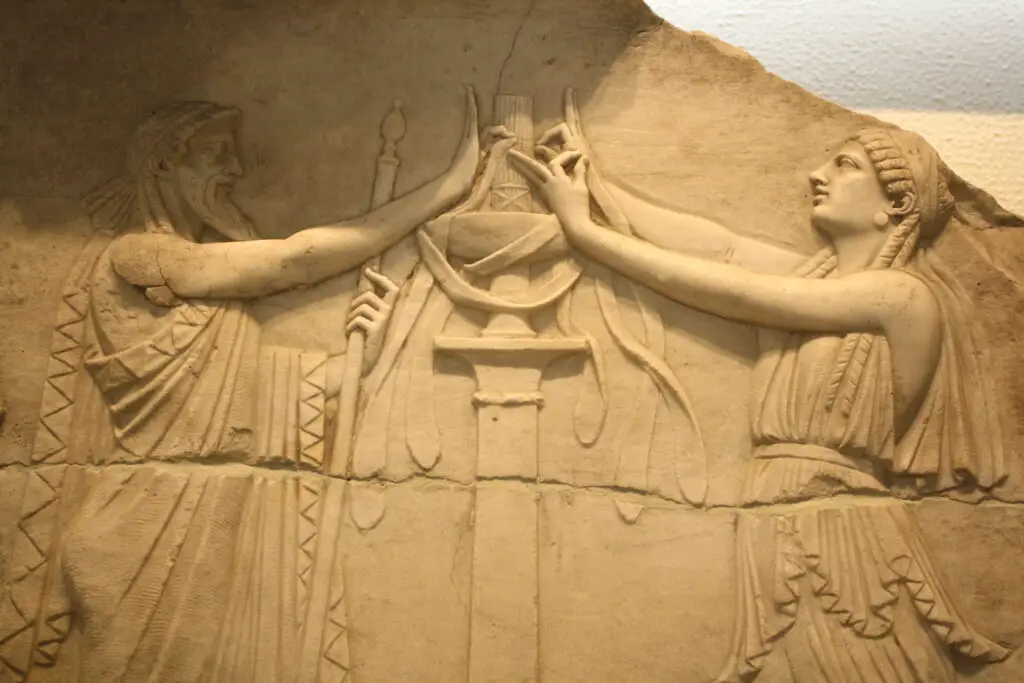
In ancient Greek beliefs, the afterlife wasn’t about reward or punishment—it was mostly just dull. When you died, your soul traveled to the Underworld, ruled by Hades, where you’d exist as a shadowy version of yourself. Most souls ended up in the Asphodel Meadows, a gray, foggy place where spirits wandered aimlessly forever. There was no torment, but also no joy—just an endless, monotonous existence.
A few lucky (or unlucky) souls had different fates. Heroes and the exceptionally good could end up in the Elysian Fields, a paradise of eternal bliss. The truly wicked were sent to Tartarus, a deep pit where the worst offenders—like Sisyphus and Tantalus—suffered ironic punishments for eternity. But for the average person, the afterlife was neither a dream nor a nightmare—just an unremarkable, ghostly limbo.
7. Hinduism Believes in Rebirth—For Better or Worse
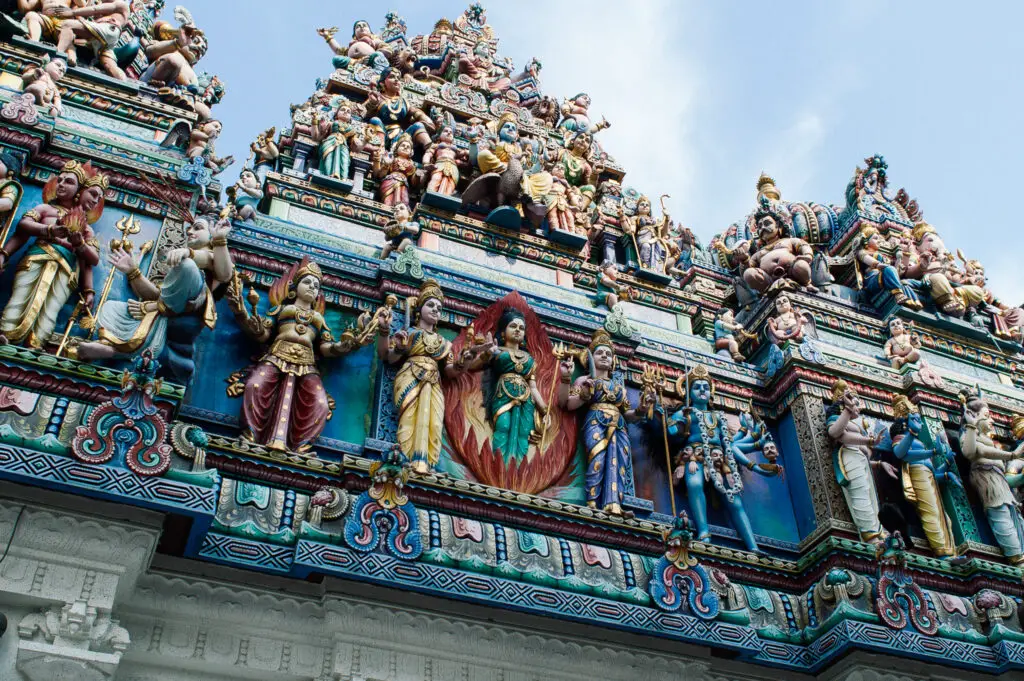
In Hinduism, death isn’t the end—it’s just another step in a long cycle of rebirths. Depending on your karma, you might be reborn into a better or worse life. Good deeds could lead to a higher caste, wealth, or even enlightenment. But if you lived poorly, you might come back as an animal or suffer through a difficult human existence.
The ultimate goal is to escape this cycle entirely and achieve moksha, where your soul merges with the divine. However, this could take countless lifetimes, each shaped by your past actions. Unlike the one-shot judgment in many Western beliefs, Hinduism’s afterlife is an ongoing journey of self-improvement—or endless setbacks.
8. The Mayans Thought You’d Face a Maze of Horrors
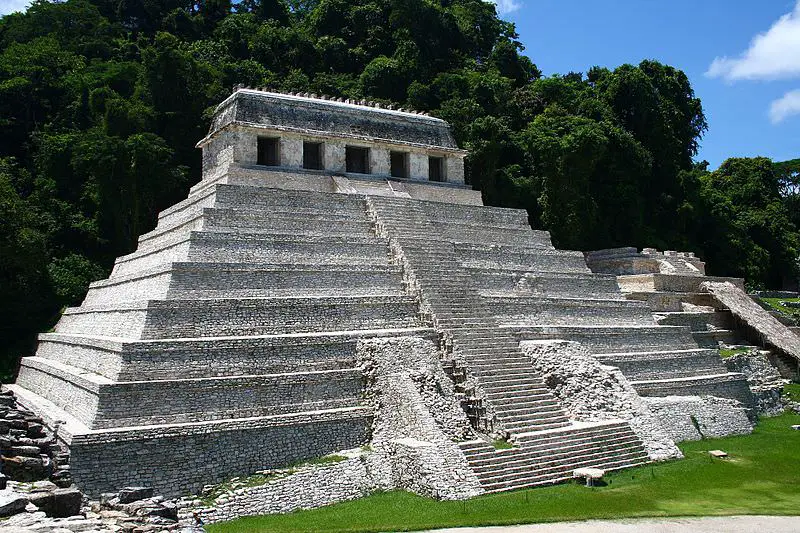
The Mayan afterlife was no walk in the park. Most souls had to travel through Xibalba, a terrifying underworld filled with deadly rivers, monstrous animals, and gods who delighted in tormenting the dead. Trials included crossing scorpion-infested waters, enduring freezing winds, and surviving deadly trick rooms. Only those who passed these tests could reach peace.
Unlike some cultures that promised a beautiful paradise, the Mayan afterlife was mostly about survival. Even kings and warriors had to struggle through these horrors before finding rest. Compared to this, the idea of an immediate heaven or hell sounds almost relaxing.
9. Some Indigenous Australian Beliefs Include a Land of the Ancestors
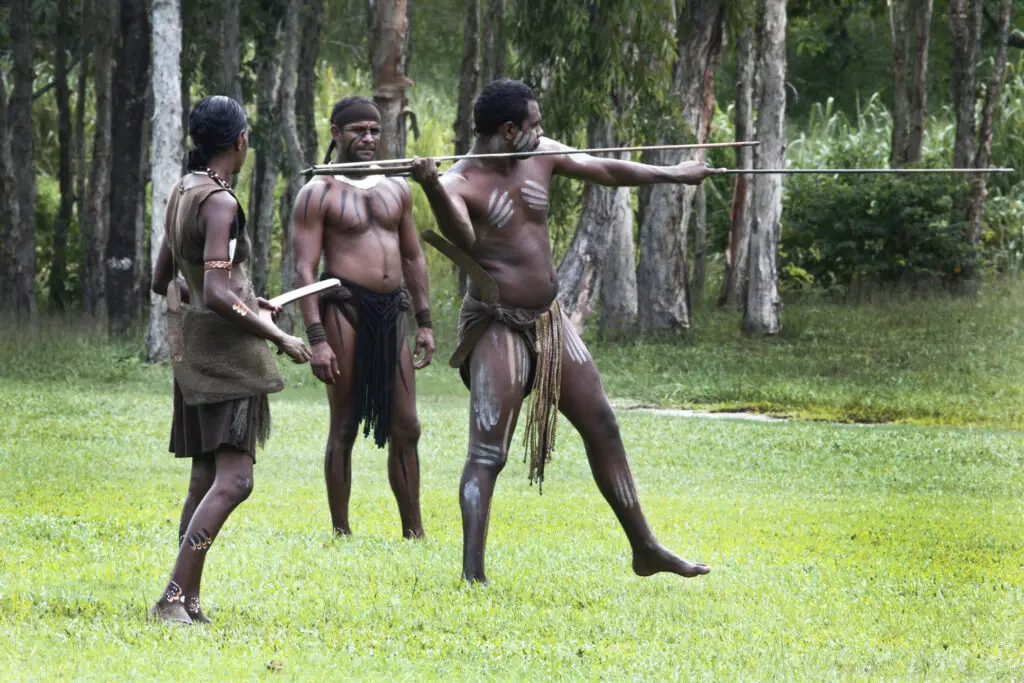
Many Indigenous Australian cultures believe that after death, the soul embarks on a journey to the land of the ancestors. This place, sometimes called the Sky World or Dreamtime, is a spiritual realm where the dead reunite with those who came before them. The journey isn’t always easy—some traditions say spirits must travel across dangerous terrain, avoiding malevolent forces trying to pull them back to the living world.
The actions of the deceased in life, as well as the rituals performed by the living, determine whether they complete the journey. If a person lived a good life and their funeral rites were done properly, they could rest peacefully with their ancestors. However, if things went wrong, they might become a wandering ghost, unable to move on. This belief makes the modern idea of an instant and automatic afterlife seem rather simple by comparison.
10. The Celts Thought You Might Just Start Over in Another World
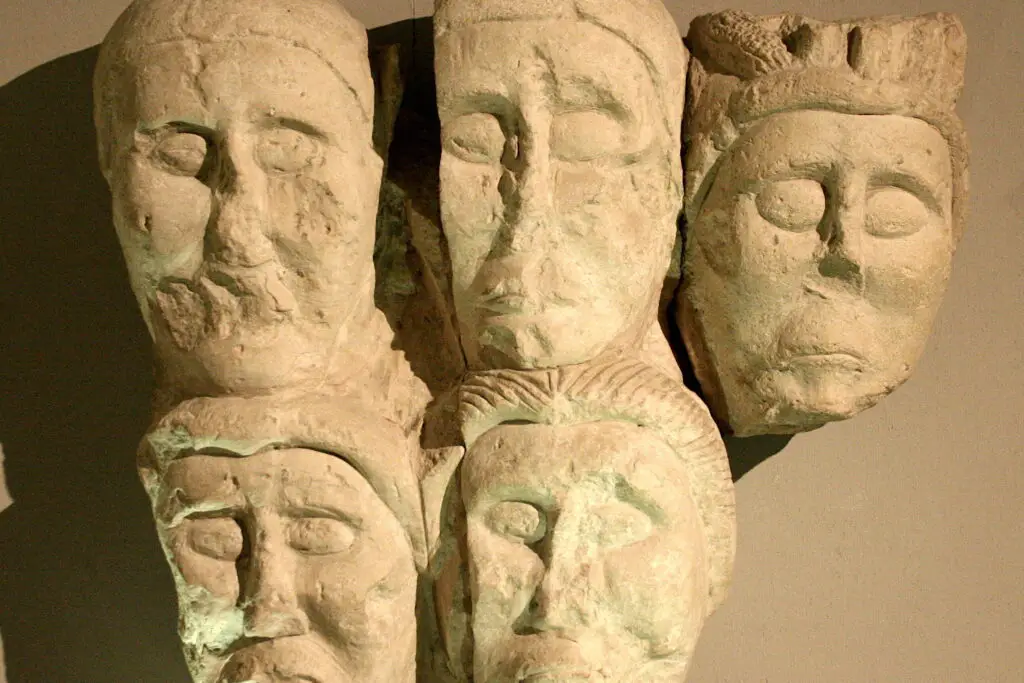
Ancient Celts had a refreshingly different view of the afterlife—it wasn’t necessarily a place of judgment, but rather a continuation of life in another realm. They believed in the Otherworld, a mystical land where the dead lived much as they did before, only without suffering or hardship. Some myths describe it as a paradise of endless feasts, beauty, and youth, while others suggest it was simply another stage in an endless cycle of reincarnation.
Rather than worrying about eternal reward or punishment, the Celts embraced death as a natural transition. Warriors in particular were fearless in battle because they believed death was just a doorway to another life. Their relaxed approach to the afterlife makes modern concerns about judgment and salvation seem almost stressful in comparison. If anything, their beliefs encouraged a sense of adventure—even in death.
11. Some Chinese Beliefs Say You Might Have to Pay Off Debt First

In traditional Chinese beliefs, the afterlife isn’t an instant reward or punishment—it’s a bureaucratic process. Souls enter the underworld, also known as Diyu, where they may be judged by a series of underworld kings. If a person led a particularly bad life, they might endure temporary suffering to pay off their spiritual debts. Some souls even have to pass through courts, filling out paperwork and receiving punishments to cleanse their karma before moving on.
Eventually, most people are reincarnated into new lives, though their next existence depends on their past deeds. To help the dead, families burn paper money and offerings to provide for their loved ones in the afterlife. The idea that you might have to go through an afterlife “paper trail” before moving on is certainly more complicated than the simple heaven-or-hell concept many believe in today.
12. The Jains Believe You Could Be Reborn in a Heaven—or as a Bug
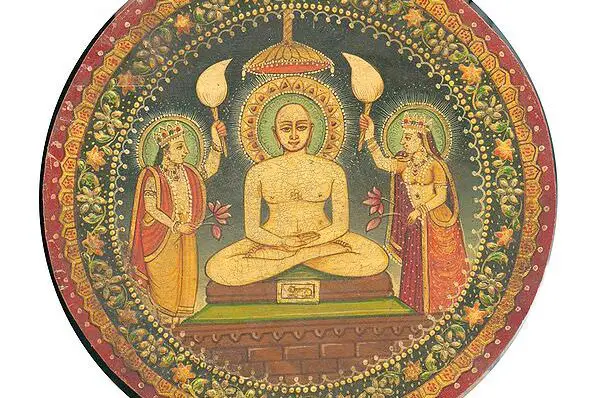
Jainism has an intricate view of the afterlife that revolves around karma and strict nonviolence. Every action in life contributes to the accumulation of karmic particles, which then determine your next existence. If you lived a highly virtuous life, you might be reborn in a divine heavenly realm. But if you accumulated too much bad karma, you could come back as an insect or even a microscopic organism—tiny and insignificant in the grand cosmic order.
The ultimate goal in Jainism isn’t just to end up in heaven but to escape the cycle of birth and death altogether. By living a life of extreme self-discipline and non-harm, a person can achieve liberation, or moksha, freeing them from rebirth forever. This belief system makes the typical idea of an afterlife sound almost simplistic—since every small action could determine whether you return as a godlike being or a speck of dust.
